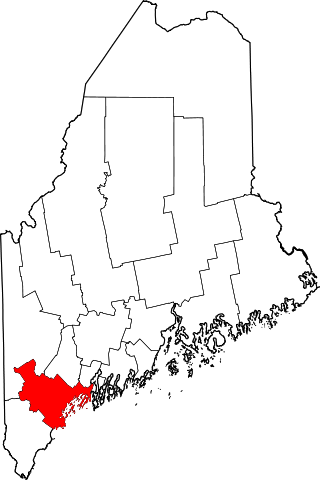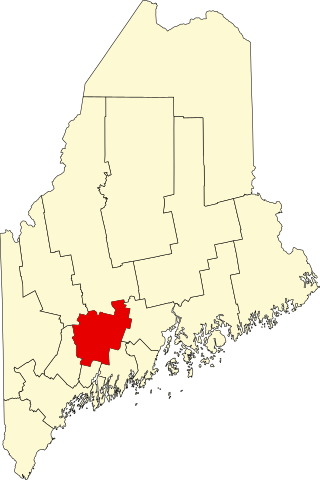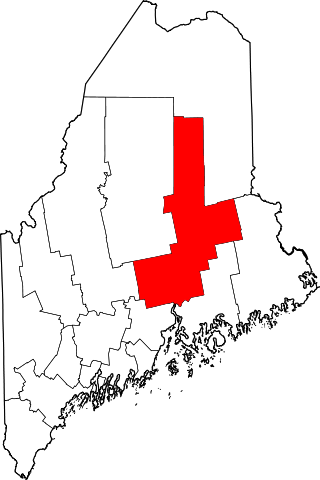There are 14 National Natural Landmarks in Maine .
| Name | Image | Date | Location | County | Ownership | Description |
|---|---|---|---|---|---|---|
| Appleton Bog Atlantic White Cedar Stand | 1984 | Knox | private | A large peatland with continuous forest cover and well-developed hummock-and- hollow topography. | ||
| Carrying Place Cove Bog | 1980 | Washington | state | A tombolo that has been eroded by the sea. | ||
| Colby-Marston Preserve | 1973 | Kennebec | private | Northern sphagnum bog located in a deep kettle hole, the sphagnum mat exceeds a depth of 40 feet (12 m). | ||
| Crystal Bog | 1973 | 46°02′04″N68°19′49″W / 46.034472°N 68.330394°W | Aroostook | private | An undisturbed, sphagnum bog considered one of the largest and finest in Maine. | |
| Gulf Hagas |  | 1968 | 45°29′03″N69°19′23″W / 45.4841°N 69.323°W | Piscataquis | federal (Appalachian Trail) | Waterfalls, cliffs, and growth of spruce-fir forest on the gorge walls give the site unusual scenic beauty. |
| The Hermitage |  | 1977 | Piscataquis | federal (Appalachian Trail) | One of the few undisturbed, old-growth white pine stands remaining in New England. | |
| Monhegan Island |  | 1966 | 43°45′44″N69°19′13″W / 43.762222°N 69.320278°W | Lincoln | private | Dense, almost pure stands of red spruce and over 400 species of wildflower. |
| Mount Bigelow (Maine) |  | 1975 | 45°08′50″N70°17′21″W / 45.147277°N 70.289234°W | Franklin, Somerset | state | Exceptionally scenic and wild, with some of the best summit views in the eastern United States. |
| Mount Katahdin |  | 1967 | 45°54′16″N68°55′17″W / 45.904354°N 68.921274°W | Piscataquis | state (Baxter State Park) | Kames, eskers, drumlins, kettleholes, moraines, and erratics provide a complete illustration of glacial geology. |
| New Gloucester Black Gum Stand | 1975 | 43°58′45″N70°20′08″W / 43.979177°N 70.33552°W , | Cumberland | private | A small, remnant, forested swamp dominated mostly by virgin black gum. | |
| No. 5 Bog and Jack Pine Stand | 1984 | 45°31′56″N70°16′52″W / 45.532352°N 70.280986°W | Somerset | state, private | The only large, intermontane peatland and one of the few expansive, virgin landscapes in the northeastern United States. | |
| Orono Bog |  | 1973 | 44°52′09″N68°43′32″W / 44.86907°N 68.725668°W | Penobscot | municipal, private | A classic northern sphagnum bog. |
| Passadumkeag Marsh and Bogland | 1973 | 45°11′39″N68°33′42″W / 45.194092°N 68.561578°W | Penobscot | private | One of the largest, unspoiled wetlands in the state of Maine. | |
| Penny Pond-Joe Pond Complex | 1973 | 44°24′27″N69°49′40″W / 44.407626°N 69.827820°W | Kennebec | private | Kettle hole bogs and ponds. | |











